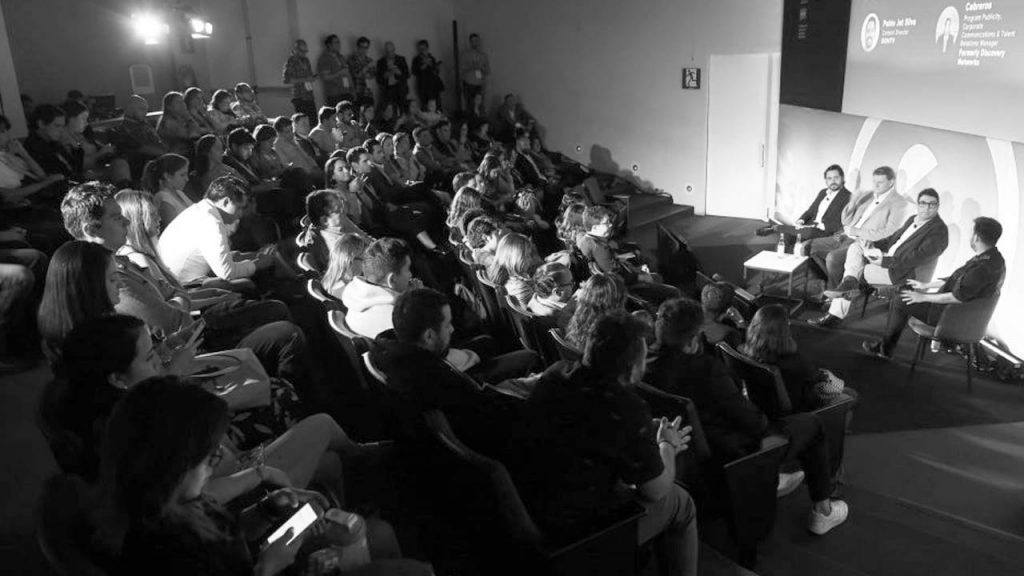The following is the foreword for the official Advertising Week LATAM report by Clear Hayes Principal Alex Hayes. You can download a copy of the full report here.
I sat on a panel at Advertising Week LATAM this year, and took the chance to ask a question of the audience. It was a simple one: ‘Who here sees themselves reflected in the advertising you see every day?’
One lady half put her hand up, then sheepishly took it down again. There were about 100 people in the room. So this very unscientific straw poll shows that advertising in the region is representing about 1% of the population (roughly).
What’s more concerning is this was a room full of marketers, the people responsible for designing the ads people see every day. If they can’t see themselves in it, then who else can?
Why is it important for people to see themselves in advertising? On a surface level it’s about connection. Establishing a bond between brands and consumers, to sell more stuff. The modern ecosystem means it’s never been easier to ignore your ad. When it comes on TV, I’m on my mobile. When your pre-roll starts, I skip it. That interstitial ad you buy to take over my phone screen, I close it immediately (and personally vow never to visit that site or buy that brand again).
The idea of creating connections is explored at length in this report. From some simple principles to make your advertising less ignorable, to telling stories, finding audiences where they are in new and emerging channels and being more creative in your communications.
There’s also a second point here, and it’s the role of brands in today’s world to make a difference. It’s a hotly debated topic, and we go into purpose in the culture section here.
But beyond purpose there’s a basic responsibility for marketers to get past the often unconscious discrimination they’re perpetrating by having the same models and actors in their ads, and start to show some different, and more interesting faces.
There’s a wider battle for acceptance raging in groups of all kinds, and showing them in your marketing will help them feel more comfortable in society, break down stigmas and move debates. And, guess what, it’ll also help you shift more product.
It’s not about reinventing the wheel, there are some shortcuts you can take by looking at work being done by progressive marketers in other markets. There are also a few case studies contained here on brands who are doing it well.
Society is changing rapidly, you can’t afford to hang onto cliches and stereotypes. If you want to connect with customers you have to show them for who they really are.
Do that, and you’ll be in the box seat versus your competition.
Alex Hayes





